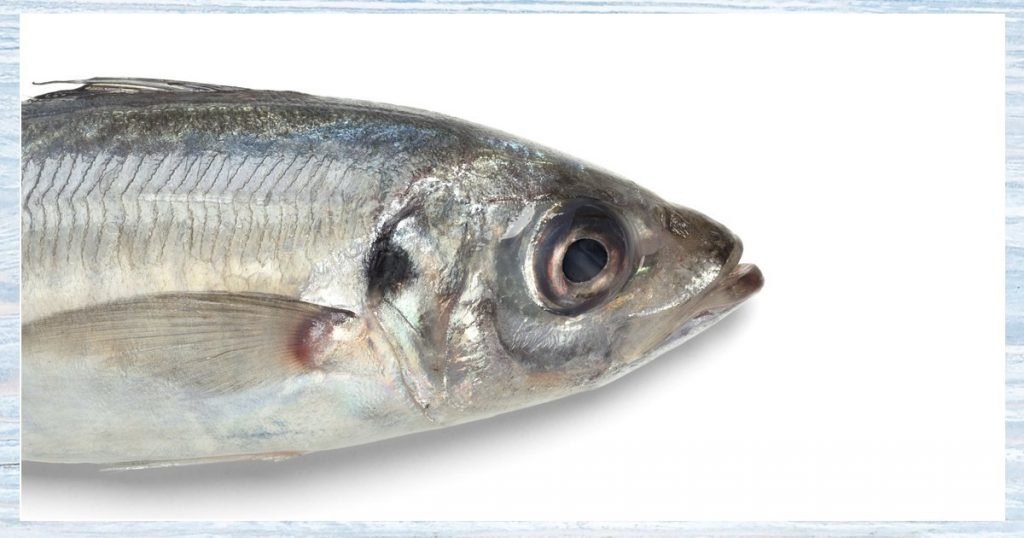
Last updated: 10 May, 2025 @ 12:11
Horse mackerel, otherwise known less pleasantly as scad, is an easily identifiable fish. The fish’s large eyes and head look disproportionate to its body. If you’re still not sure you’re dealing with a horse mackerel, run your finger along the lateral line and you’ll come to some short, yet sharp, spikes. Unfortunately, horse mackerel recipes are few and far between – which is a shame as it’s a good fish.
The fish gets its name from the belief that smaller fish ride upon the horse mackerel’s back. However, this is thought to be untrue. Thought but not proven, so I’m going to keep believing in this lovely tale.
Rarely will you seen horse mackerel on your fishmonger’s slab, with most of what’s landed at UK ports exported to mainland Europe. The fish is also hugely popular in Japanese cuisine.
Horse mackerel recipes
Some say the horse mackerel tastes similar to a normal mackerel (the fish are not closely related). We disagree, and think the fish’s name plays tricks with the tastes buds. It’s less oily than a mackerel, and not as strong in flavour.
Horse mackerel is a great fish for the BBQ and the grill. We cooked them as we would sardines. Brush with a little olive oil, season with sea salt and whack them under a red hot grill.
The heat means there’s no need to trim the lateral line spikes – they simply burn down.

Seasonality
Horse mackerel are seen in southern waters during the summer months.
Sustainability
Read more on the latest Marine Conservation Society Good Fish Guide ratings.
